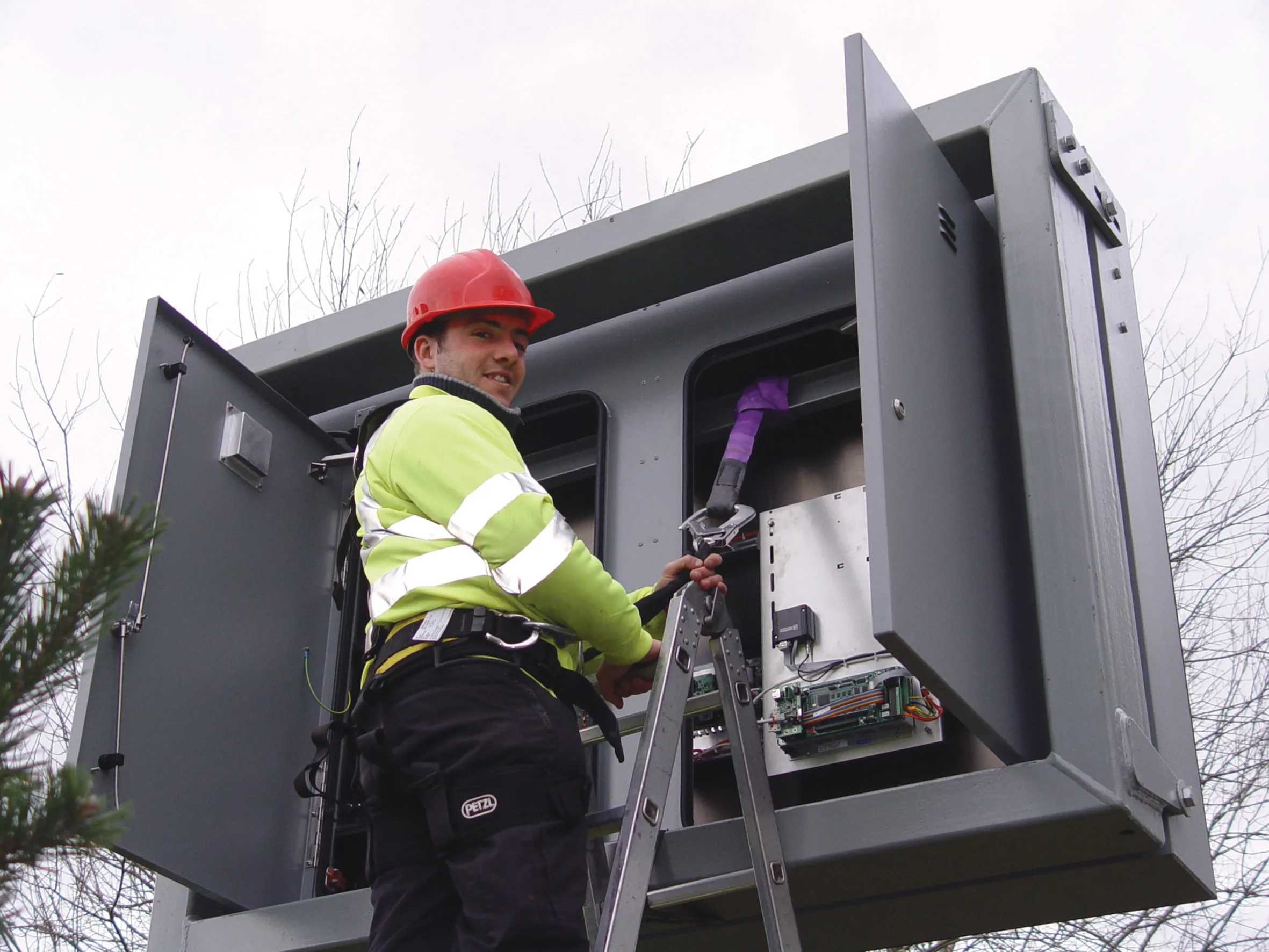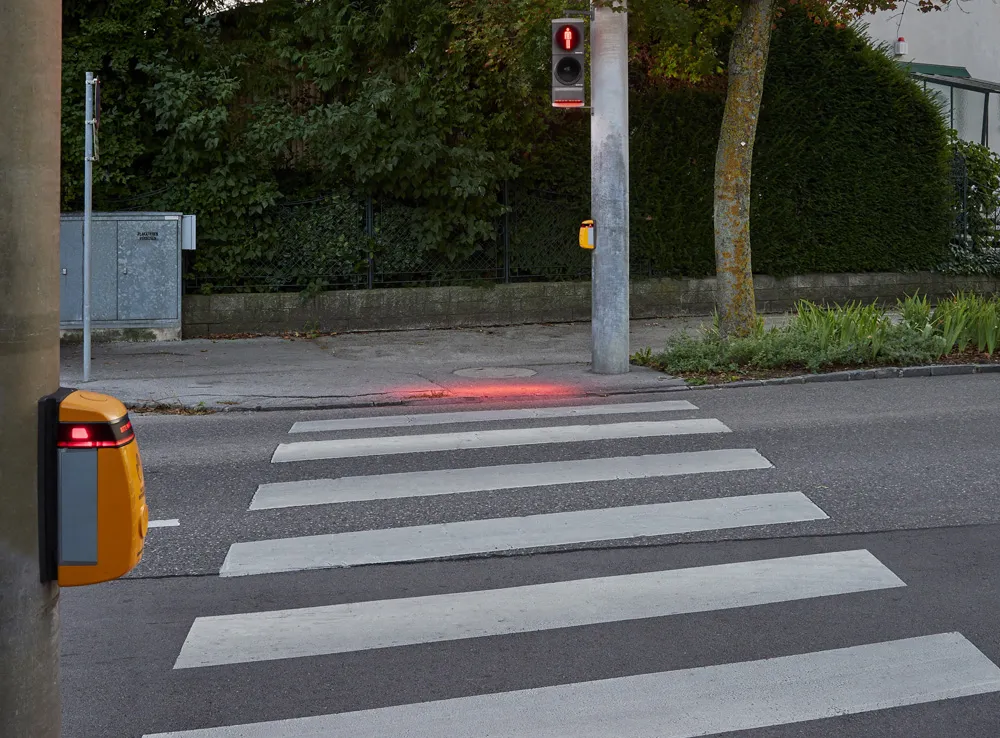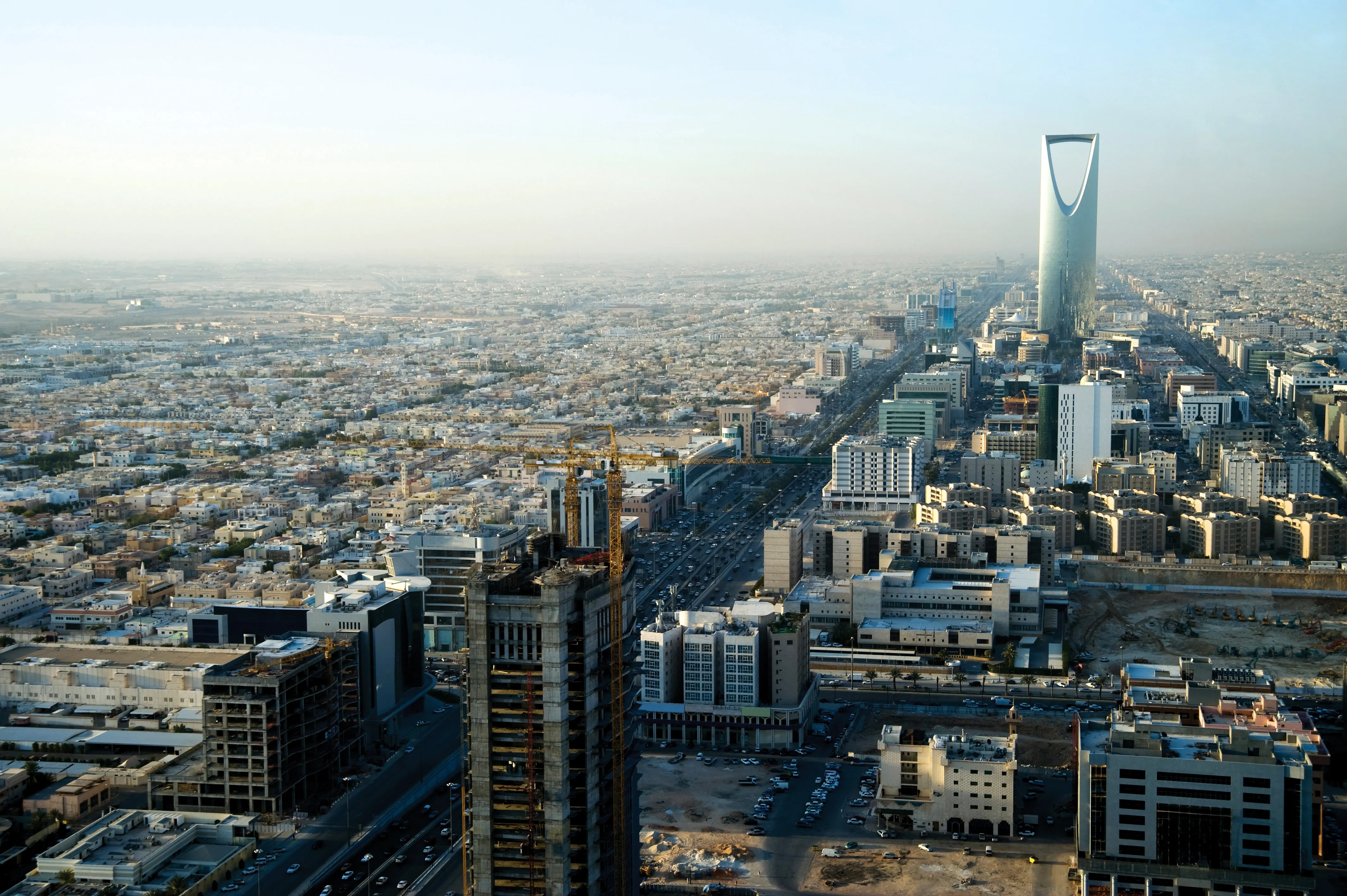Siemens is supplying an intelligent transportation system for the Polish city of Poznan after winning a near-€15 million contract from the Poznan transportation authority ZDM (Zarzad Dróg Miejskich w Poznaniu).
Real-time traffic data from more than 200 measurement points, such as intersections, parking lots and public transport, will be collected in the city’s traffic management centre, evaluated and processed using Sitraffic Concert.
The Siemens system, set to be commissioned in spring 2015, will pr
August 23, 2013
Read time: 2 mins
Real-time traffic data from more than 200 measurement points, such as intersections, parking lots and public transport, will be collected in the city’s traffic management centre, evaluated and processed using Sitraffic Concert.
The Siemens system, set to be commissioned in spring 2015, will provide information on the current traffic situation, available parking spaces and the departure times of nearby public transport. Where required, traffic light control will be influenced to speed up the flow of public transport. More than 85 information panels at the bus and tram stations will indicate the current information on relevant vehicle arrival times. All traffic information will be also forwarded to the internet and enabled for radio stations, texting and email services.
Along the roads at strategic locations 12 variable message signs (VMS) will be mounted to provide important information for drivers. To do this, the traffic control centre collects the data from 115 intersections in the main road network and measures the type, number and speed of passing vehicles at short intervals. In addition, the data will be also made available to all transportation applications, for instance to compare travel times between public and private transportation. With a population of over 500,000, Poznan is the fifth largest city in Poland and a centre of industry, commerce and research. Since the transition to a market economy, traffic in Poznan has been growing rapidly. The authorities therefore decided to introduce an intelligent transportation system and implement the most innovative solutions to support further transport-related developments and increase the efficiency of public transportation.
Siemens has executed and implemented a wide range of projects in major Polish cities and other parts of the world such as Warsaw, Athens, Budapest, Berlin, Reykjavik, Buenos Aires, Johannesburg, and Bogota.








